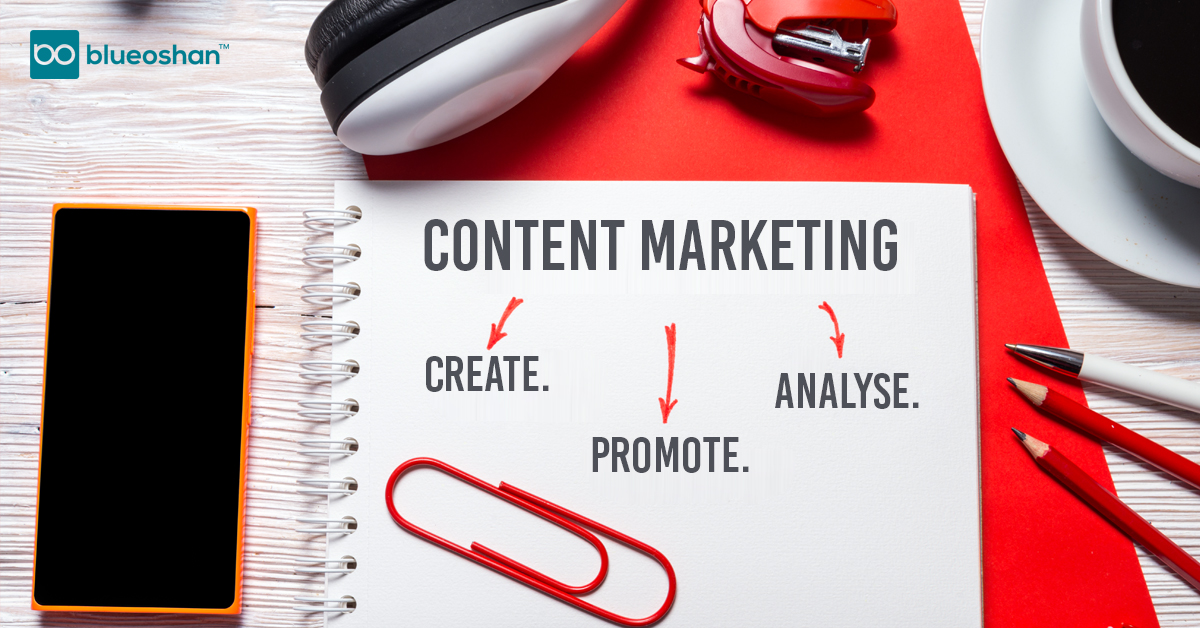-
MarTech Services
- HubSpot
- OneSignal
HubSpot
Technical Consulting
Partner with experts who understand your HubSpot systems and business needs inside out.
Revenue Operations
Drive revenue growth with tailored RevOps strategies designed for HubSpot users.
Hubspot Integration Services
Seamlessly integrate HubSpot with your existing tools to enhance operational efficiency.
Sales Enablement
Boost your sales team’s efficiency with focused HubSpot Sales Enablement solutions.
CRM Data Migration
Effortlessly migrate your CRM data to HubSpot with precision and support.
Hubspot Onboarding
Efficiently onboard clients to HubSpot, ensuring a smooth transition and rapid platform adoption.
HubSpot Administration
Maximize your HubSpot investment with expert management and optimisation tailored for HubSpot clients.
Marketing Assets Development
Develop, deploy, and manage digital assets, ensuring a fresh and engaging presence.
-
Solutions
-
Website Services
Website Development
We bring together expertise, creativity, and measurable results, making us the go-to choice for HubSpot website creation.
Website Migration
Our approach to website migration goes beyond a technical transfer; we prioritize a user-centric experience.
Website Maintenance
Optimize your online presence with effective, growth-driven websites focusing on nurturing website visitors, creating and deploying content, and tracking progress with precision.
Website Audit
Is your website performing at its peak? Our CMS Consultants are here to help you find out with our comprehensive Website Audit service.
-
Resources
-
Company
Clients
We have worked with clients from various industries across the globe, making our journey diverse and exciting.
Team
We put decades of experience where our mouth is. So what you get is market-tested and tried, not theory. We believe in plain speak, which we believe works better than jargon.
Solutions Partner
BlueOshan is not just a partner; we are among the most experienced and adept in the HubSpot ecosystem.
- Contact Us
Exploring smart content possibilities

Venu Gopal Nair
January 23, 2023

When people read about smart content in HubSpot, they assume it is about serving the right content to the right audience. That’s part of the definition, but it starts with understanding who your customers are and what stages they go through in the customer journey. It works best when applied to complex sales processes that stretch over months, and prospects' requirements at each of the stages are fairly well understood.
Let’s start with how you would do this manually. Assume that you want to reach out to a lead from a prospect asking for more product details. You would send out communication that introduces the prospect to the product. It contains all the benefits the prospect would be interested in – At the same time, leave out some of the specifics that can be sent later to create more engagement opportunities in future.
To do this at the first level, it should talk about the overall category and the broad benefits. Most communication ends with the line, “For additional information, please get in touch with us”, and the contact details are provided. Now, assume that you have three important qualities for decision-making.
For, e.g., How easy it is to set up or how it compares with other products in the category or even how it saves the customer money in the long run. And invite the prospect to write back about what they would like to know more about.
Smart content starts with smart planning.
There are two broad possibilities with the above offer: The customer does not respond or asks for details about one or more of the offers you made in the first outreach. When they respond, you get to know precisely what they are interested in and then create content that answers the prospect's doubts. Answering each of the questions detailed above tells you how the content bucket should be structured and built.
However, if the prospect does not respond, it could be because they were not interested or that they had some other product feature in mind. Make that the focus of the next communication to them. Identify three other things that customers in the market are looking for and ask them if they would like more details on these benefits.
The way smart content can be used and deployed depends on a clear understanding of what customers seek and find value in
So, the content structure is not just about frequency but levels of interest and how it should be mined. By having a defined set of requirements, content planning around the stages of the prospect journey can be organised and distributed.
Involve customer-facing teams in smart content inputs.
Being smart about content is understanding customer perspectives. Sales, marketing and service departments are those directly interacting with customers and their reports or capturing customer feedback is invaluable. Field reports and service histories are rich sources of content buckets because they capture real experiences. You get a clear indication of how customers perceive the product and the problem they have. That is the starting point, both to rectify issues and reach out to new customers.
Layer this with the stages of a customer journey, and content dispensation becomes streamlined. Simply sending reminders to customers every few weeks is not a solution. What they need is reinforcement that your company is willing to go the extra mile.
Each email should have information valuable to customers. Today, drip email has come to mean sending out automated emails on a schedule. Instead, it should mean a steady drip of adding to the customer’s knowledge about the category and understanding the product better.
Once organized, HubSpot can deliver it with targeted efficiency and automation. From then on, it needs only to review how well the stages are working and how they can be improved.
Automate what is proven from manual processes.
Every company in its early stages has to figure out how to reach customers. The campaign promises and social media engagement become the foundation for how the website should be structured and built.
Smart content should be built on market data from the company’s own experience. Skilful distribution and stages are the next step.
There’s an anecdote from a senior manager at IRCTC, one of India’s largest e-commerce sites for booking train tickets. When the site went online, they simply replicated what had been developed painstakingly through millions of forms filled by customers at offline counters over decades of experience. They didn’t deviate from it when the site went online. All they did was work out the logic to connect operations and the UX that would be familiar, down to starting from planning the journey to checking out options and finally making the reservations.
In a matter of months, it became one of India's early successes in the internet and continues to ride high.
HubSpot can drive the smart content process when it has internal inputs. Content plans should be built on a foundation of what customers actively seek and then reinforced.
The same applies when prospects change into customers. With the knowledge of the journey, getting them on board and keeping them becomes the next goal.
Blueoshan’s consultants can help determine how smart content should be implemented and organised. By retracing customer journeys from the company’s experience, the goals and automation requirements can be assessed and built.
It is a complex process that requires patience to detail and find the points of intervention. But the rewards can be long-lasting

Venu Gopal Nair
Advertising and Branding Specialist, CEO - Ideascape Communications, A professional journey through the tumultuous years of advertising and communication, starting in 1984. Started out in the age of print, saw the changes with the entry of satellite TV and the momentous transition to digital. Advertising and branding today is vastly different from its practices in the 20th century and the last two decades have seen dramatic changes with smartphone domination. As a Creative Director turned CEO, making the transition personally and professionally has been a tremendous experience.
Related Articles

January 4, 2021

December 26, 2022

